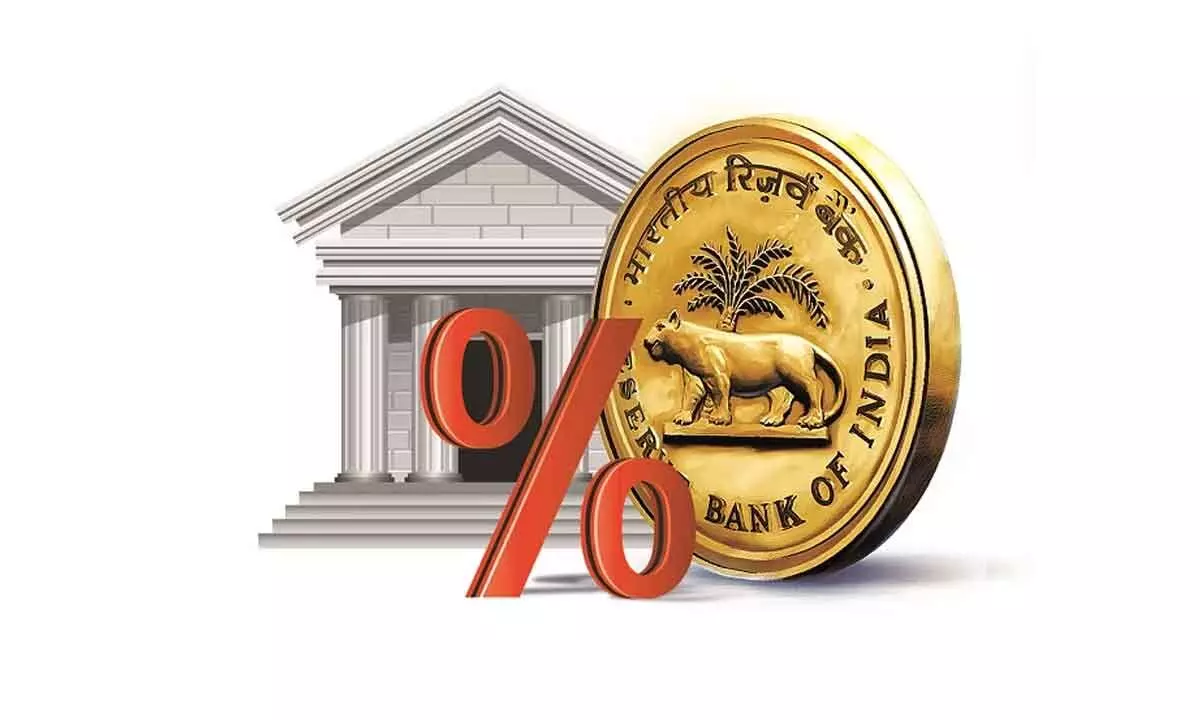Increase in vote split on rate cut in MPC, may not ease cycle
image for illustrative purpose

The MPC expectedly chose to keep the repo rate unchanged at 6.5 per cent, with a 4-2 vote split, led by two external members on the rate action and stance. This is unlike the 5-1 vote split in the last policy. Prof. Ashima Goyal, who this time joined Prof. Varma on the rate-cut wagon, argued that the real interest rates are now higher than neutral, and core inflation falling to sub-4 per cent hints at no excess demand in the economy. In fact, the policy tone in the recently concluded MPC meeting was confident about domestic dynamics, with an upgrade in FY25 growth but no change in inflation trends, despite near-term food-led risks. Softening headline inflation will be driven by falling core prices or historically low services inflation and contained goods inflation. But there was still skepticism on the part of the Reserve Bank of India(RBI) about noises led by food inflation. The RBI now sees FY25 growth at 7.2 per cent essentially because of revival in rural areas, steady discretionary spending in urban areas, healthy balance sheets of corporates and the Union Government's capex focus.
Many analysts see FY25E GDP ease sharply to 6.5 per cent with a normalizing GDP-GVA wedge, slowing manufacturing and a not-too-exciting consumption story. The growth outcome, as per Emkay, will likely see cyclical headwinds in the form of restrictive net fiscal impulse, fading commodities-led terms-of-trade benefits, tighter lending standards, weaker exports, and mean reversion of deflator-related growth boost. External dynamics have been fluid, implying that the policy prerogative needs to be flexible to ensure financial stability. Experts maintain that the central bank will not precede the Fed in any policy reversal in CY24 and policy management will have to stay vigilant amid the fluidity of global narratives. Anchor rates, like the RBI policy rate change, will likely be a story from 1QCY25, assuming Fed cuts shift to next year. The RBI likely will have the problem of plenty in the domestic market in the coming months on stance and liquidity management. Analysts see the net liquidity surplus averaging 0.5-0.8 per cent of NDTL in the next three months versus average deficit of 0.5 per cent of NDTL in May.
While this may lead the call money rate to stay at, or mildly lower, than the repo rate, one does not see the RBI taking any drastic action to suck out this liquidity from the system, by way of blunt tools like OMOs. This is especially true as there has been coordinated fiscal, monetary, and regulatory tightening in the economy. The overall inflation dynamics have been favourable, and unless there is a material upside deviation from forecasts, ensuing liquidity surplus will not spur RBI into action, assuming global rates remain soft. Despite strong headline growth figures, the MPC has maintained current interest rates and also its ‘actively disinflationary’ stance to anchor inflation at four per cent.

